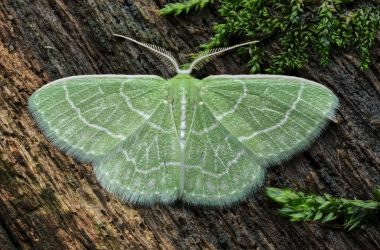Honey produced by a unique type of ant in Australia has shown potential antimicrobial properties that could be used in the development of new treatments for certain bacterial and fungal infections. This discovery could have significant implications for medical research and potentially lead to more effective therapies.
The Unique Ants and Their Honey
Australian honeypot ants, known as Camponotus inflatus, are found in the arid regions of central and western Australia. These ants have a specialized group of workers called repletes, which gather nectar and store it in their extended abdomens. The stored nectar, when regurgitated, forms a unique type of honey that feeds the rest of the ant colony.
Indigenous Australians have been consuming this ant honey for thousands of years and have used it for the treatment of various ailments such as sore throats, wounds, and skin ulcers.
The Study and its Findings
In a laboratory experiment conducted by researchers at the University of Sydney, a water solution made up of 8% ant honey was tested against a range of bacterial and fungal pathogens. The results showed that the honey was effective in killing Staphylococcus aureus, a bacterium responsible for skin and soft tissue infections that can lead to serious medical complications.
The ant honey also demonstrated antifungal properties, effectively killing species such as Aspergillus fumigatus and Cryptococcus deuterogattii. These fungi are known to cause severe medical complications.
When compared to other types of bee honey, such as Manuka honey, which is well-known for its antimicrobial properties, the ant honey had a narrower range of effectiveness. For example, it did not show effectiveness against the fungi Candida albicans or the bacteria Escherichia coli. However, Manuka honey showed effectiveness against both of these pathogens.
The Chemical Composition of Ant Honey
The researchers discovered that ant honey contains significantly less hydrogen peroxide compared to bee honey, which is believed to be the source of its antimicrobial properties. This suggests that ant honey has unique compounds that contribute to its antimicrobial effects. The team hypothesizes that these compounds may be antimicrobial peptides produced by the ants.
Future Implications
Due to the cultural significance and rarity of ant honey to Indigenous Australians, it is unlikely to be used directly in medicines. However, the research team aims to identify and isolate the active compounds in the honey for future replication in the development of new treatments. This could open up new possibilities for combating bacterial and fungal infections and improving patient outcomes.








